8 of Our Favorite Couch Potato Dog Breeds
It is a common knowledge that regular exercise is good for both dogs’ and people’s health. However, the amount of a workout one truly desires can vary as greatly between dog breeds as it does among individual humans.
Therefore, finding a pet whose energy level is compatible with your own can be the difference between a good relationship and one that quickly sours.
For those folks seeking a pet with low exercise requirements, the list below might be of help.
Read about our 8 favourite couch potato dog breeds:
1. Pug
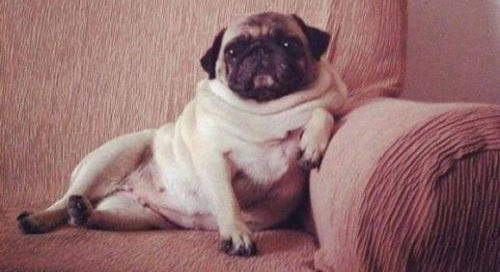
With their adorably wrinkled faces and friendly personalities, it is not surprising that Pugs continue to be a popular breed throughout most of the world.
These dogs originated in China and were eventually brought to Europe where they were further developed at various royal courts. To this day, members of this breed make
great companions for both children and other pets.
As is the case with most short-nosed dogs, Pugs are susceptible to overheating in warm weather and subsequently should not be walked during the middle of the day.
Prospective owners should likewise note that members of this breed tend to be quite active in their younger years but most typically graduate from a bouncy puppy to a couch potato dog between 2 and 3 years of age.
Read our Pug guide.
2. Great Dane
Members of this large breed were originally the constant companions of their noble owners. Today these dogs are classed as part of the working group in several official breed organisations but most seem to function chiefly as family pets.
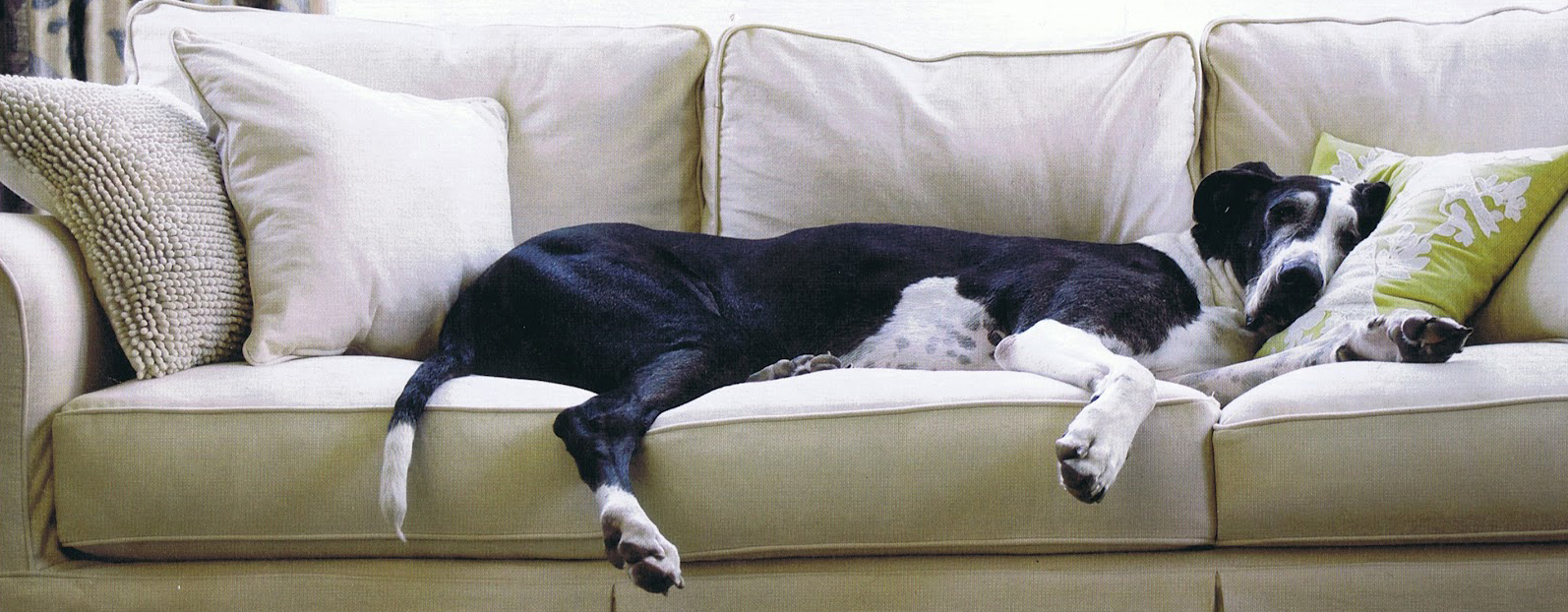 After all, Great Danes are quite friendly individuals despite their imposing stature.
After all, Great Danes are quite friendly individuals despite their imposing stature.
When these dogs receive training at an early age, they tend to get along exceptionally well with children, family members and
other pets.
Although they are mentioned on several lists of couch potato dogs, adult dogs will need two short walks per day to be at their best.
Young Great Danes will probably need less exercise than their elders because too much exertion when these puppies are still growing can harm them. A weekly brushing of their coat and regular baths are additionally recommended for members of this breed.
Read our Great Dane guide.
3. Pekingese
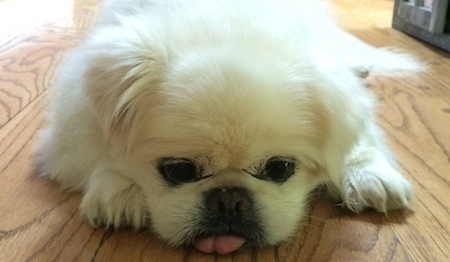 DNA testing has confirmed that Pekingese are not only closely related to wolves but they are also one of the oldest breeds still in existence.
DNA testing has confirmed that Pekingese are not only closely related to wolves but they are also one of the oldest breeds still in existence.
The playful habits and loyal temperaments of these shaggy, flat-faced dogs quickly won over Buddhist monks as well as members of the local nobility.
The formidable Empress Cixi suggested that the Pekingese should “learn to bite foreign devil instantly” on a list of desirable breed traits and, although they have gone far beyond their homeland, the breed remains wary of strangers to this day.
Prospective owners should likewise note that these dogs have extensive grooming requirements and they can easily overheat in hot weather.
Read our Pekingese guide.
4. French Bulldog
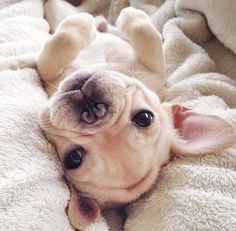 The French Bulldog was the American Kennel Club’s 9th most popular dog breed in 2014. These miniature English Bulldogs initially became popular in France around the time of the Industrial Revolution.
The French Bulldog was the American Kennel Club’s 9th most popular dog breed in 2014. These miniature English Bulldogs initially became popular in France around the time of the Industrial Revolution.
The breed quickly made its’ way over to America where the dogs became the companions of choice for the wealthy and influential families of the Victorian era.
While these dogs only need a short daily walk of 15 to 20 minutes despite their lethargic dispositions, it should be no surprise that members of this breed require plenty of human interaction to be at their best.
French Bulldogs will also need to live in climate controlled environments because they are unable to easily regulate their own body temperature.
Read our French Bulldog guide.
5. Basset Hound
These lovable, lop-eared scent hounds tend to be somewhat lazy when they aren’t tracking game.
However, members of this breed make great friends for children as well as other pets.
Bassets also love food and their owners will need to pass out the treats with a light hand because obesity can quickly be a problem for these dogs.
While their amicable personalities and limited grooming requirements are the breed’s strong points, Basset Hounds are very vocal dogs that are not recommended for living situations where noise could become a problem.
They are also well-known for their selective obedience skills.
Read our Basset Hound guide.
6. Greyhound
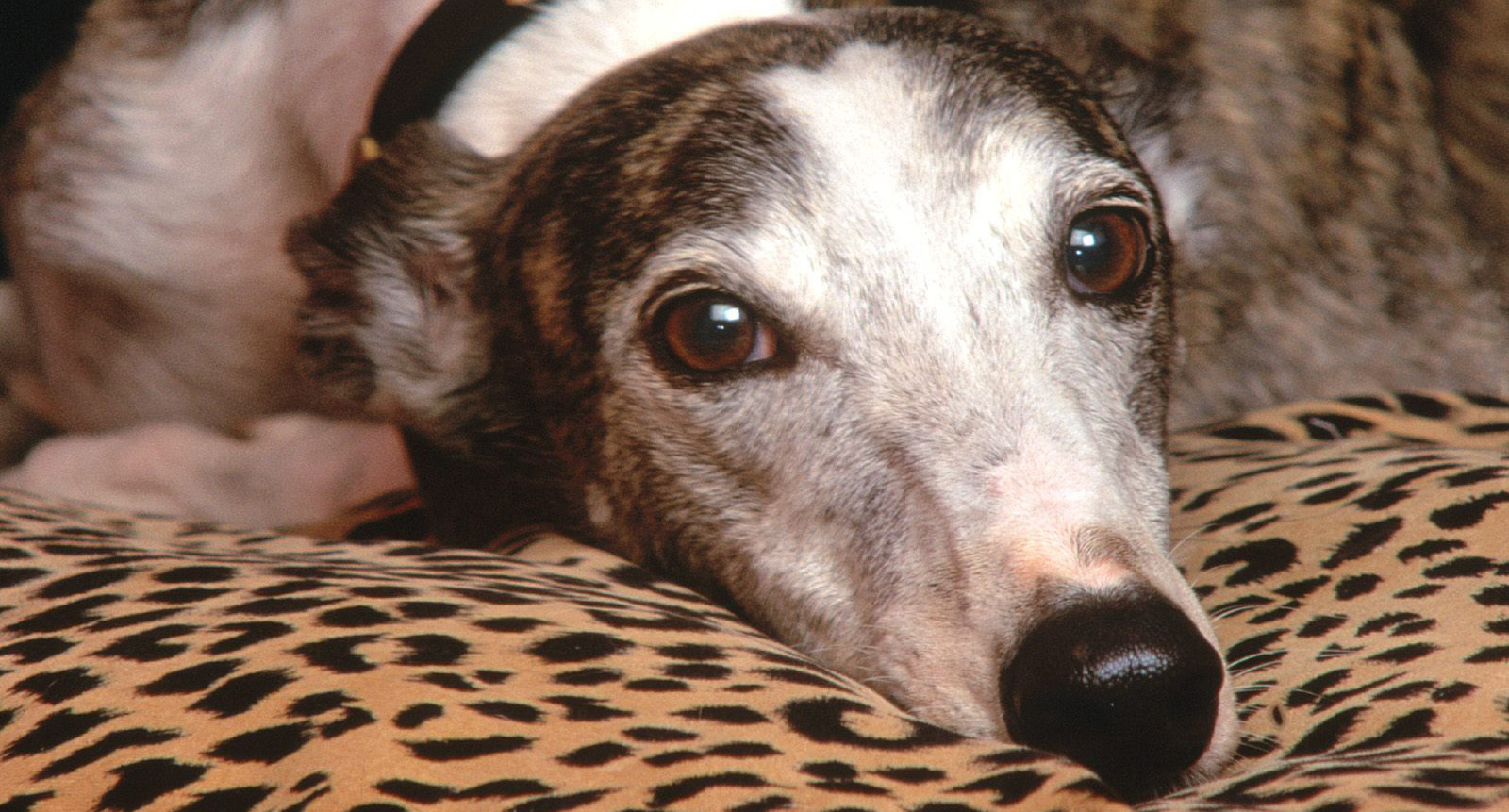 When supplied with a large fenced in space where they can exercise their need for speed, Greyhounds will see no point in further workout sessions.
When supplied with a large fenced in space where they can exercise their need for speed, Greyhounds will see no point in further workout sessions.
Once their desire to run around has been satiated, these dogs will happily spend the rest of the day relaxing in a comfortable spot such as the sofa.
Despite their size, Greyhounds can be pleasant housedogs even in apartment settings because they are not prone to excessive barking or messy habits.
Members of this breed also have very basic grooming needs and they respond well to training.
Most get along well with fellow canines and children but prospective owners should be aware that these dogs will typically chase cats and other small pets.
Read our Greyhound guide.
7. Maltese
Hailing from the island of Malta, these fluffy white dogs have served as companions for centuries.
Members of this breed are well-known for their ability to be a quick study when learning new tricks.
These dogs also maintain a playful disposition throughout their entire life.
Both aforementioned traits make the Maltese a good buddy for careful older children.
Members of this feisty breed are also excellent watchdogs and they will certainly give notice if strangers approach them, while some have even been known to pick fights with larger dogs.
Prospective owners should likewise note that daily grooming is necessary for members of this breed, especially those whose long, silky fur is not kept clipped short.
Read our Maltese guide.
8. Bulldog
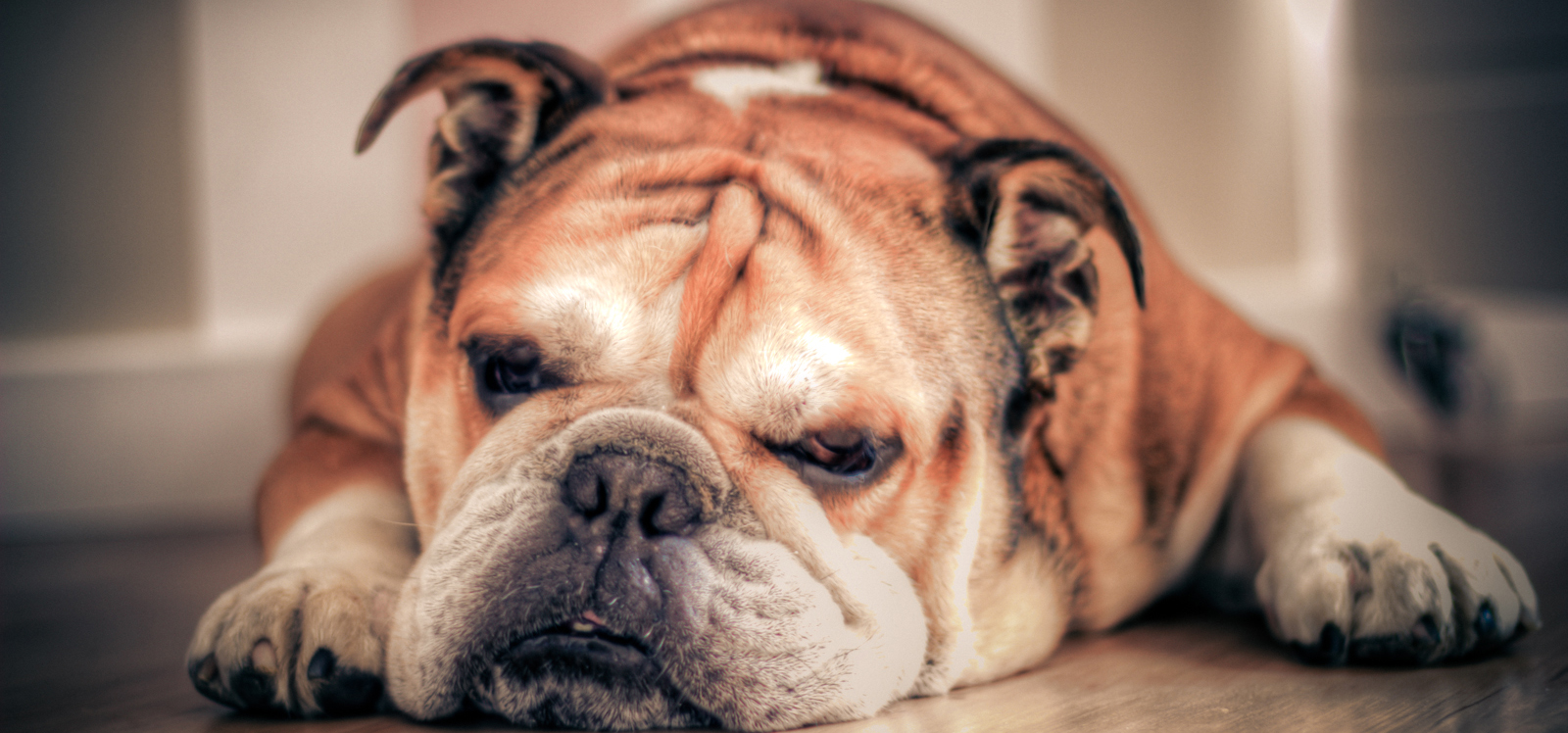 These 18 to 23 kilogram(40 to 50 pounds) dogs are yet another short-nosed variety with lazy personalities and limited grooming needs.
These 18 to 23 kilogram(40 to 50 pounds) dogs are yet another short-nosed variety with lazy personalities and limited grooming needs.
Despite their earlier occupations as livestock herders and fighters, Bulldogs generally have a laid back personality that makes them excellent pets.
Most get along great with other animals and often these dogs will form strong attachments to the children in their families.
Prospective owners should note that the breed suffers
from the normal limitations of short nosed dogs and should be kept in air conditioned environments during periods of hot weather.
The dogs’ wrinkled faces will need regular cleaning because otherwise unhealthy debris can build up in the crevices, while they also have a tendency to snore.
However, members of this breed only need one short, 10 to 15 minute walk per day, which is a workout that is sure to meet the approval of any human couch potatoes looking for a pet.
Read our Bulldog guide.
It is important that prospective owners should also keep in mind that puppies will typically be more hyper than their adult counterparts but adopting a fully grown pet is always an option for those that don’t want the bother of dealing with a young dog.
What is your favourite couch potato dog breed?


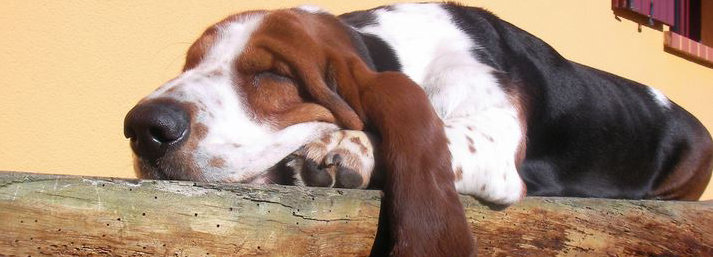
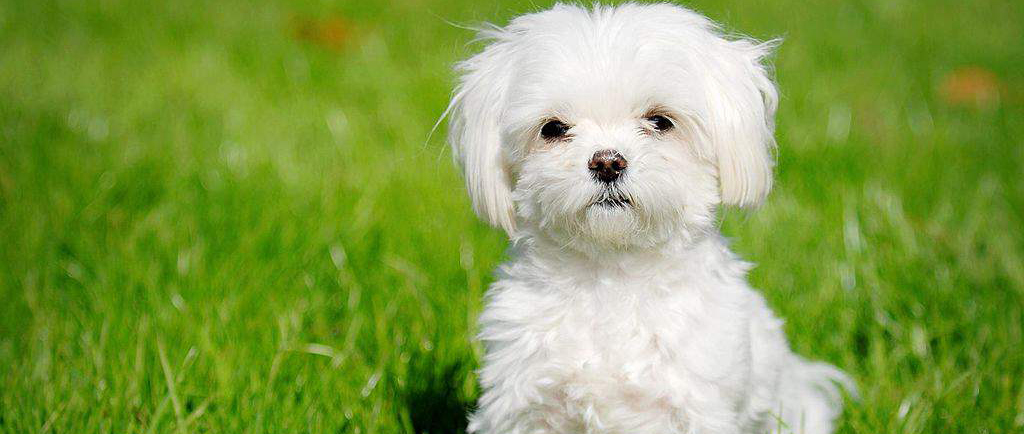


Leave a Reply
Want to join the discussion?Feel free to contribute!